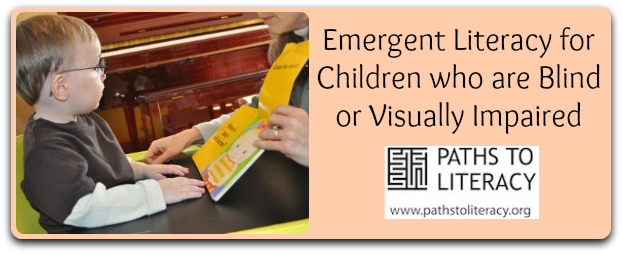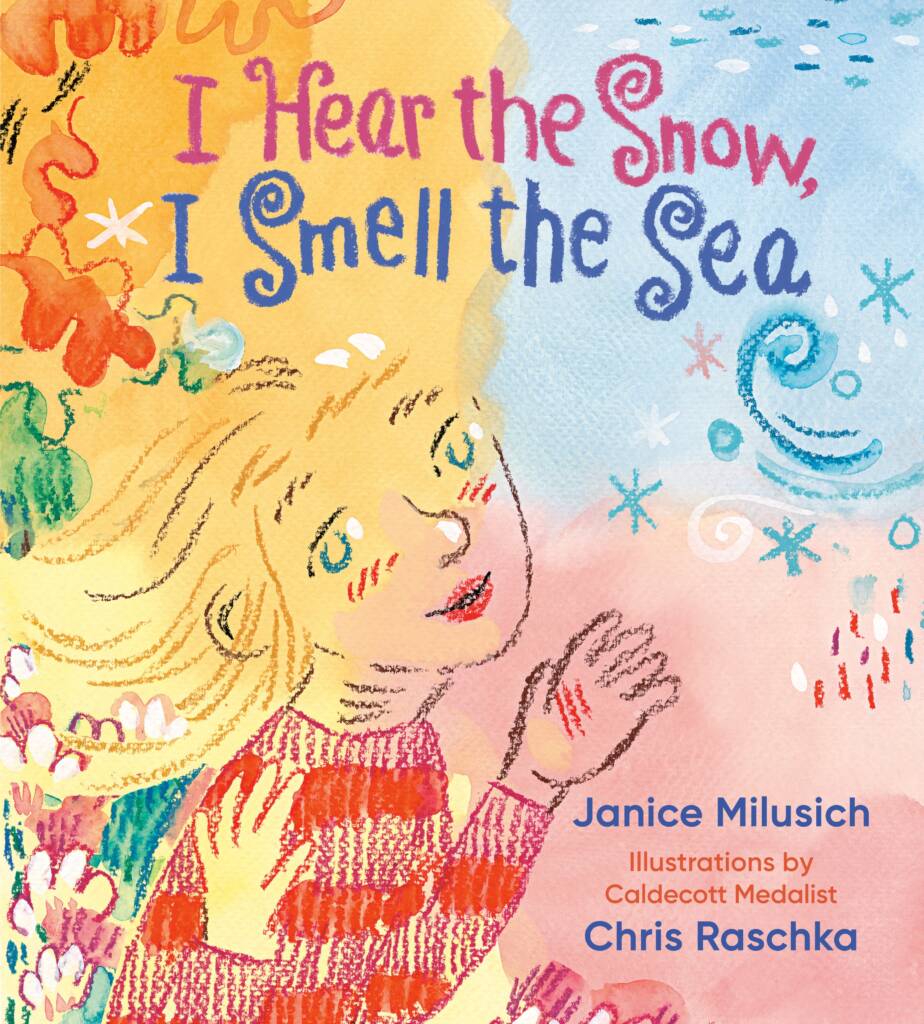 Literacy in its most basic form is the ability both to understand and to express one’s feelings, wants, and experiences to others. All too often, literacy is defined as the ability to read and write. That definition fails to look at how literacy develops and its many variations.
Literacy in its most basic form is the ability both to understand and to express one’s feelings, wants, and experiences to others. All too often, literacy is defined as the ability to read and write. That definition fails to look at how literacy develops and its many variations.
Literacy is developed through our experiences and our interactions with the world.. The path to literacy requires establishing communication and connecting meaning to objects, events and people.
Is emergent literacy the same as early literacy?
Early literacy and emergent literacy both describe the process of developing language and concepts, especially as they begin to be linked together. This begins at birth, long before any formal instruction in braille or print. Learning new skills can be dependent on developmental levels, and thus, can happen during early childhood, as well as throughout the lifespan. The literacy skills to be developed are the same, although the specific materials and strategies may differ based on chronological age. For example a young child may be learning the term for a sippy cup or a baby blanket, while an older child may be learning terms for setting the table or a dressing routine. We are using these terms interchangeably on this website.
How is communication related to literacy?
Communication and literacy are interrelated, and the expression and comprehension of ideas is essential to both. This may include listening and speaking, signing, using objects, pictures, gestures, or any combination of ways in which a child understands and interprets experiences. Literacy is built upon an effective system of communication.
Through our senses, we experience events in the world. Through repetition, we begin to anticipate the occurrence of routine events, and they begin to develop meaning in our lives. Through interaction with others, we are surrounded by the language used in these experiences, and we form a deeper understanding that words can help us communicate. We begin to connect spoken or signed words with experiences, objects, and symbols. In this way we develop the language for literacy.
For some children, their literacy language refers to their ability to derive meaning from objects in their daily experiences (e.g. cup = drink; towel = bath time). For other children, literacy means using symbols (tangible or more abstract) to organize their day using a calendar box system, to make choices and to communicate their needs. Other children may advance to using language in more conventional forms of literacy, such as print or braille.
What is the effect of visual impairment on the development of literacy?
Sighted children typically have been exposed to a flood of language, books, and experiences before they are formally taught to read and write. For sighted children, the exposure to new information and experiences seems almost automatic. They are able to engage in a full range of sensory experiences to enable them to quickly observe the patterns in their world and to connect words to these experiences and their symbols. They begin to identify objects, symbols, and letters through their ongoing exposure via direct experience, television, and books. (For example, note the amount of information sighted children are exposed to during one episode of Sesame Street or another children’s television show.)
|
Early experiences are at the heart of literacy development. |
Children who are blind or visually impaired, however, do not have the same access to incidental learning, and therefore depend on a range of meaningful, hands-on experiences to develop specific concepts. Immersion in a language-rich environment in which objects are described and events are discussed can help to establish a foundation for the development of literacy skills. Special efforts on the part of parents and other caregivers are needed to engage children with visual impairment to the world around them and help interpret those experiences for them.
Touch, hearing and our other senses are not as efficient as vision in providing ready access to the world. Understanding childhood experiences and connecting words or symbols to them is essential to the development of literacy. Successful literacy is built on the growth and development of skills in all areas, including movement (both gross and fine motor), social interaction, cognitive concepts, and tactile skills. The skill areas are interdependent and each part supports the other.
What are the forms of literacy?
Literacy materials should match a child’s individual needs. This includes print or braille, tactile symbols, and auditory formats. A child can access literacy in many ways, such as using their vision, their hands, their hearing, and through assistive technology of many types, including low vision devices. Some children may have a clear preference for a particular format, while others may use a combination. All children with visual impairments need to be offered the opportunity to develop literacy skills to the best of their ability in a format that is right for them.




